
A Slice of England Through an American Lens: Post 4 – Jane Austen’s House, Quintessentially English
Jane Austen was not only a masterful writer ahead of her time; she was also a brilliant analyzer of human relationships. Add her sharp wit, tight prose, and commentary on the English social mores of the time (early 1800s) and you have remarkably enduring and very readable novels that are still relevant today.
Movies and television shows are regularly made from or based on her books. She is one of the three most-cited female authors in judges’ rulings. Huh? I’m a huge fan but that was a new one for me. “After reading every available opinion, I’ve come to a rather banal but beautiful conclusion: Jane Austen is cited as an authority on the complexity of life, particularly with regard to the intricacies of relationships.” (Matthew H. Birkhold; Electric Literature)
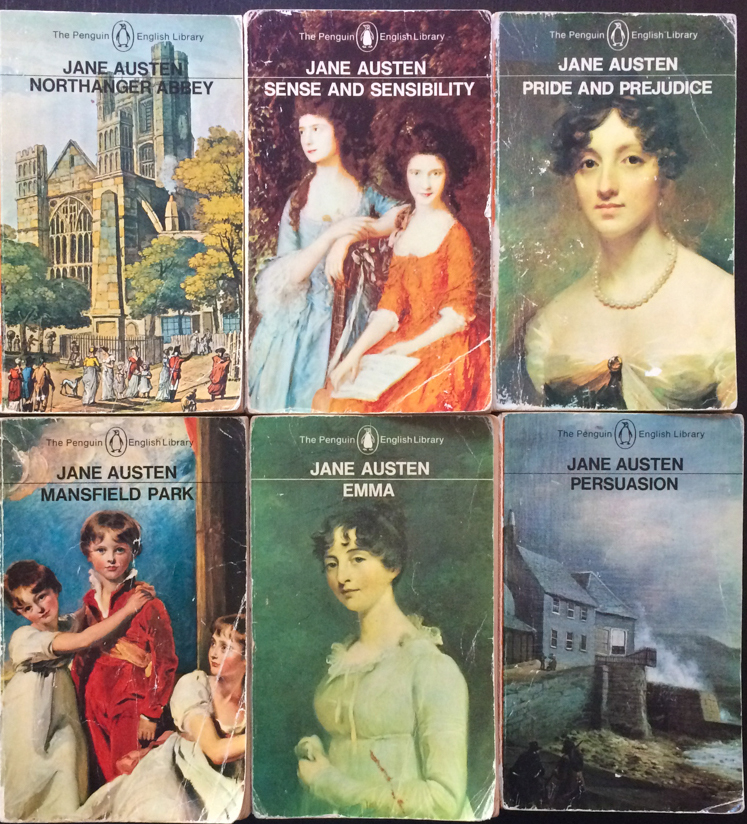
I have read her six completed novels many times. These are my dog-eared Penguin editions, purchased in England when I lived there for a semester. I turn to her books in times of serious stress. They are deep yet soothing at the same time. As Jane herself said, “Let other pens dwell on guilt and misery.”
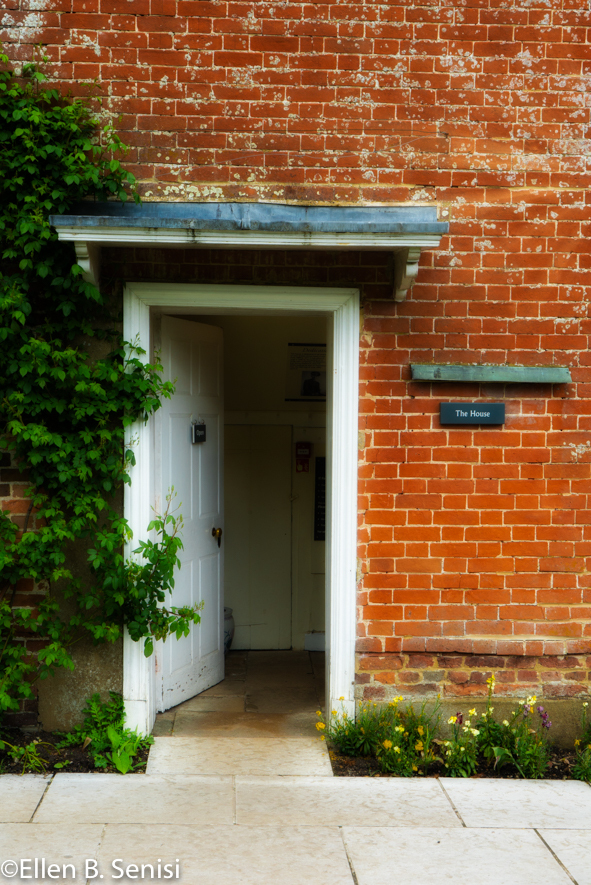
It was, therefore, very special to be in the same place where Jane once was in the village of Chawton in Hampshire.
The Jane Austen home is larger than a cottage but it is not really a big house.
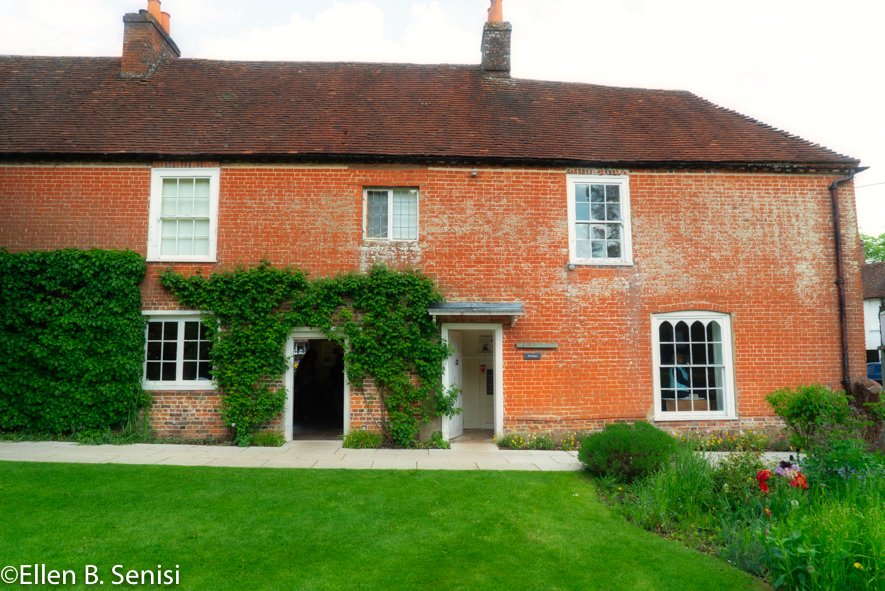
None of the items in the rooms were those used specifically by her family but they are ones known to be the same as items used by the Austens.
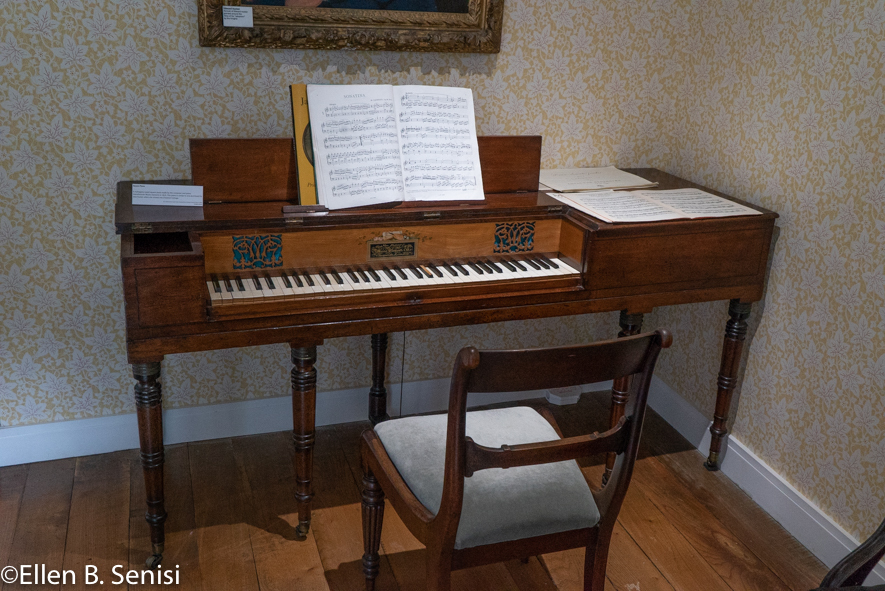
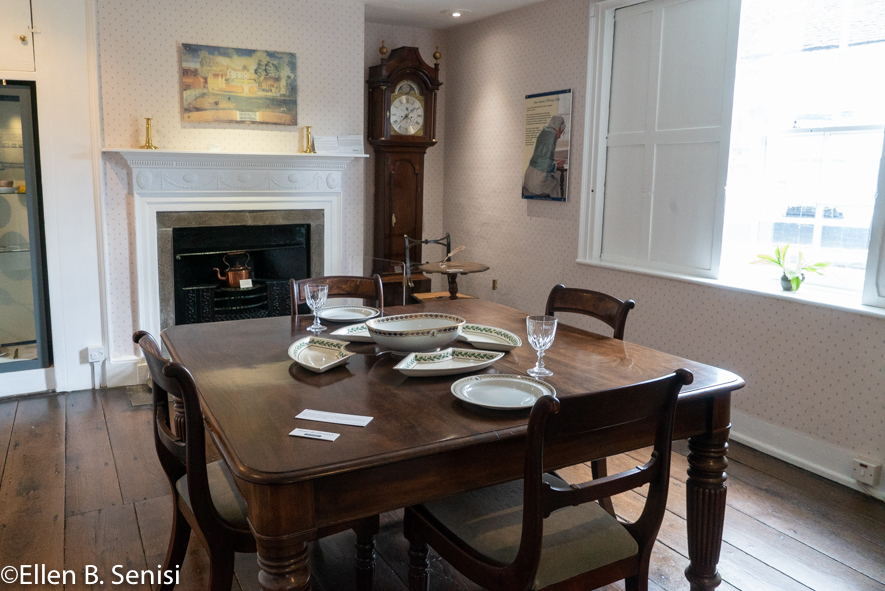
There is a letter written by her father, George Austen, to a publisher asking for a reading of a work in his possession, which was one of Jane’s manuscripts. This was necessary because books by female authors were not often accepted. Female authors used male pseudonyms or were recommended by a male mentor, friend, or family member before being considered for publication.

It is interesting and notable that one of the most popular and enduring writers in the English language needed permission and assistance from a male member of her family, instead of being accepted for publication on her merits alone. While I am most happy that is no longer the case, it did make me think again, as Virginia Woolf did in If Shakespeare Had a Sister, how many literary works by women never saw the light of day.
Up the stairs to the second floor,
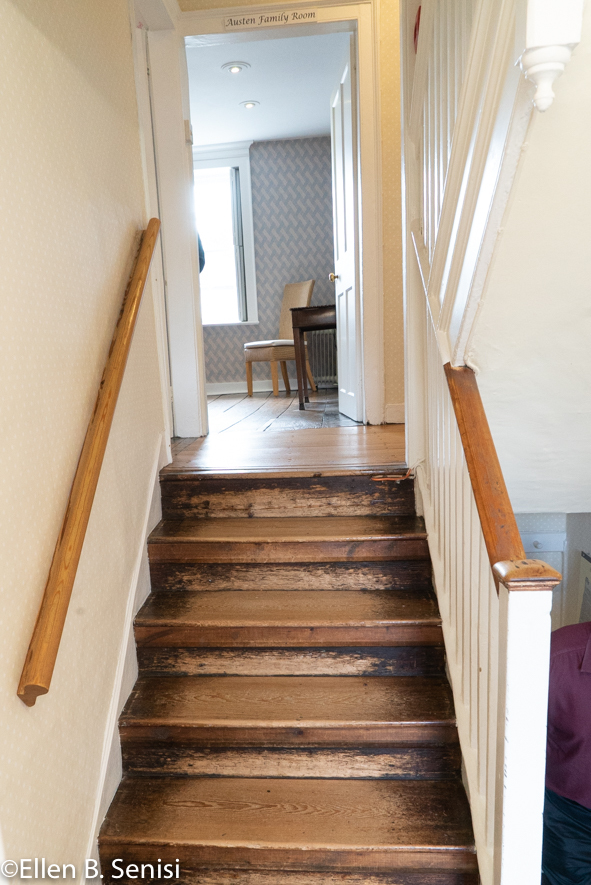
and into Jane’s private space: the bedroom she shared with her sister, Cassandra, with whom she was particularly close. The bedrooms in the house are small, and this room would have felt smaller still, with two beds in it.
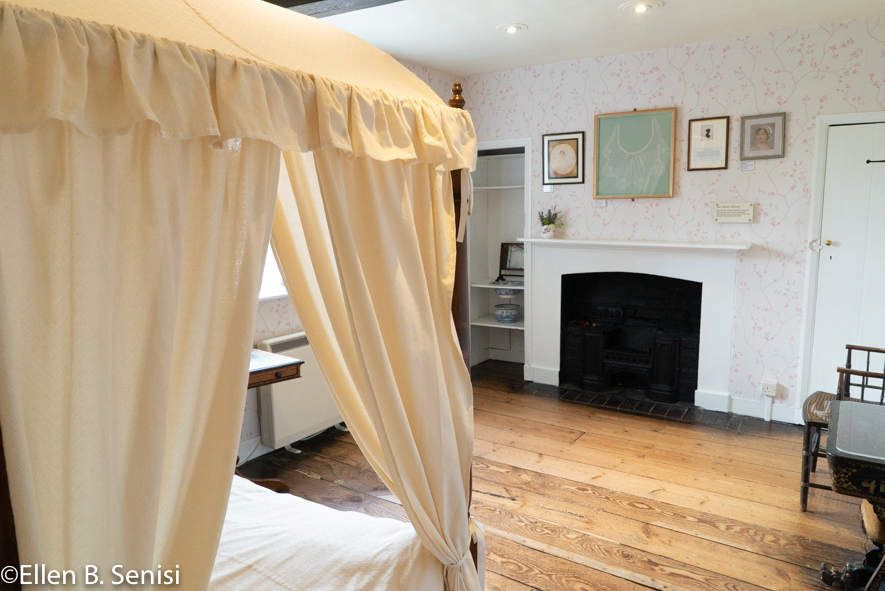
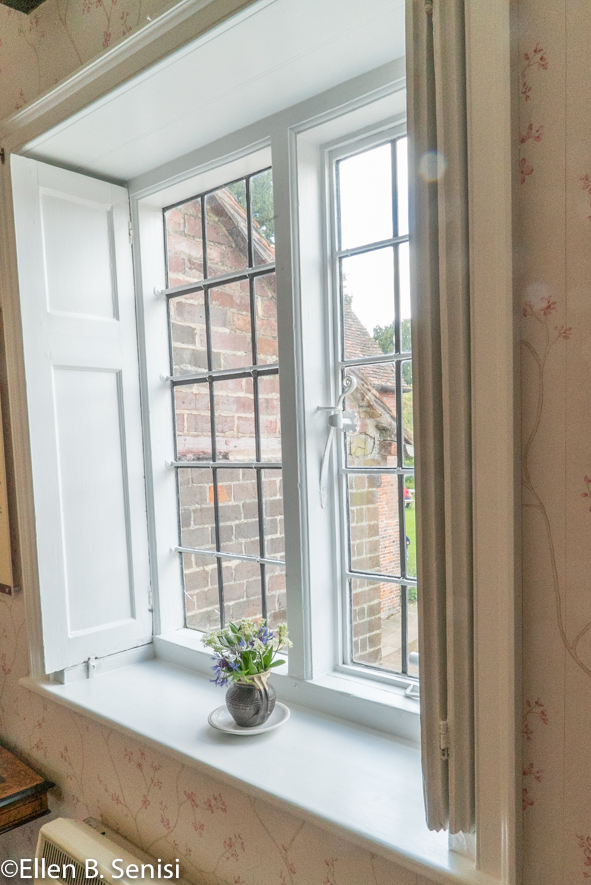
It is known that Jane and Cassandra slept in tent beds like this one at their previous residence but it is not known for sure that they had the same beds here in Chawton.
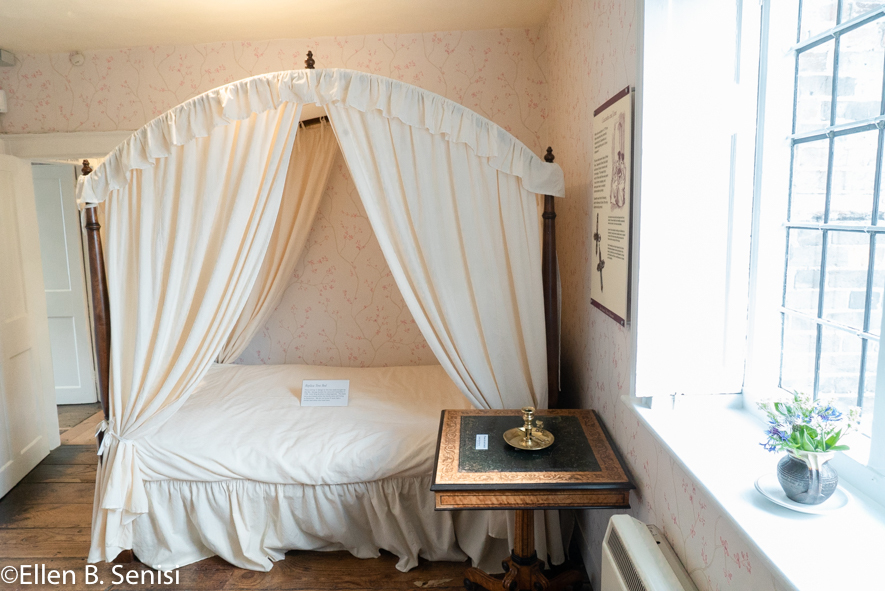
Cassandra drew the well-known likeness of Jane that is usually included in reprints of her books.
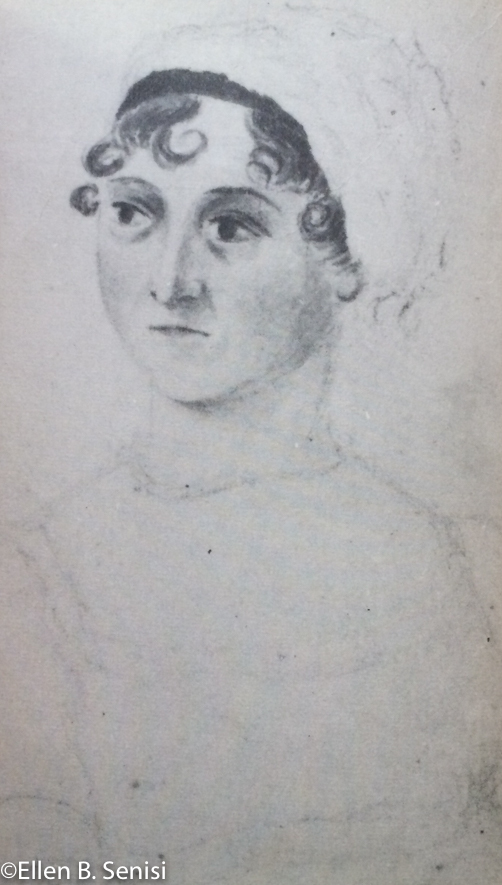
Back downstairs was a traditional kitchen. (Modern kitchens are quite an improvement.)
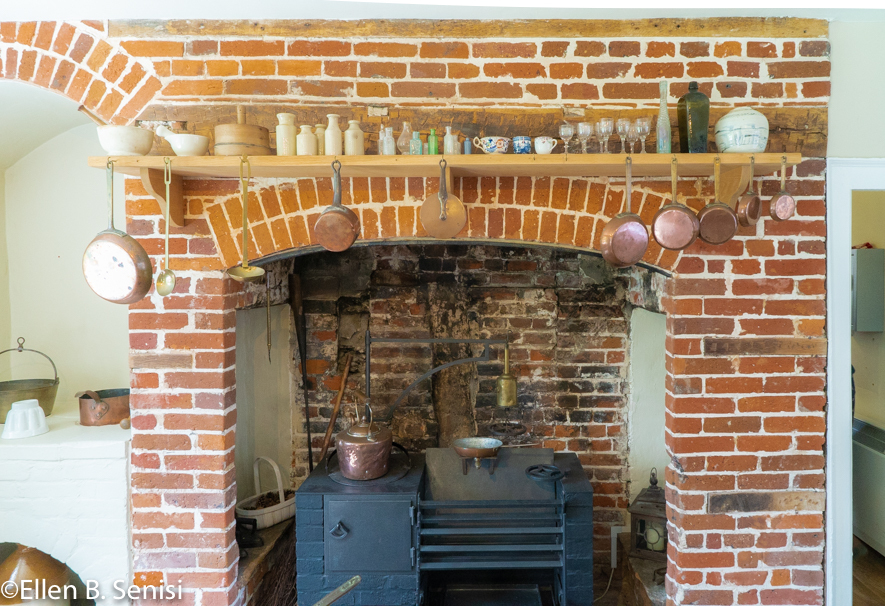
Outside was a truly lovely garden. It took up a much larger footprint than the house on the site and definitely required a full-time gardener!
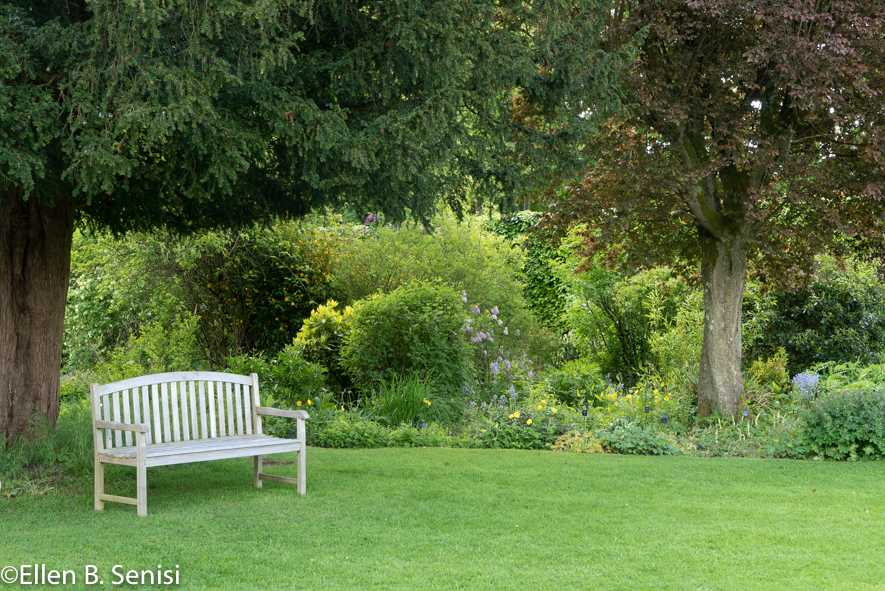
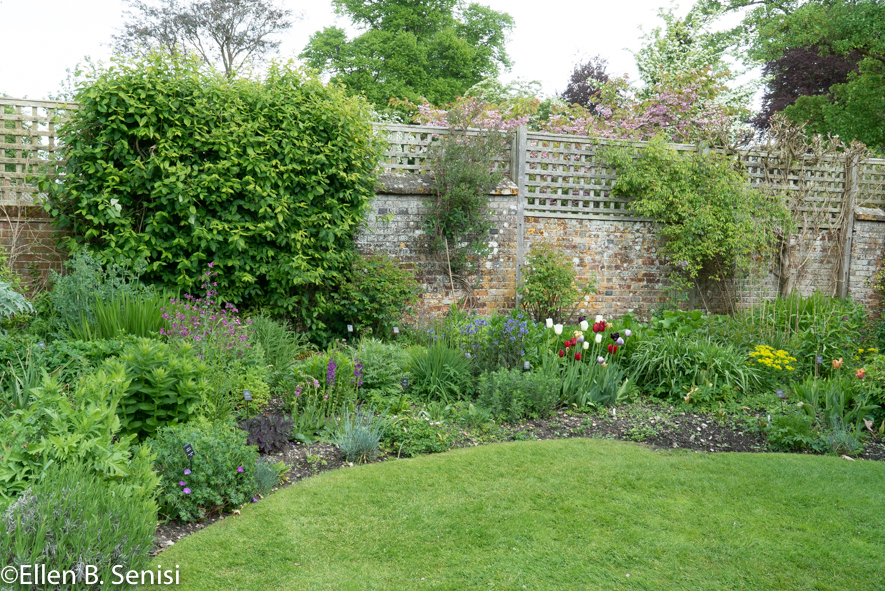
Jane’s characters often take “a turn in the shubbery” to think through problematic situations. Here in her garden, that phrase came totally alive for me.
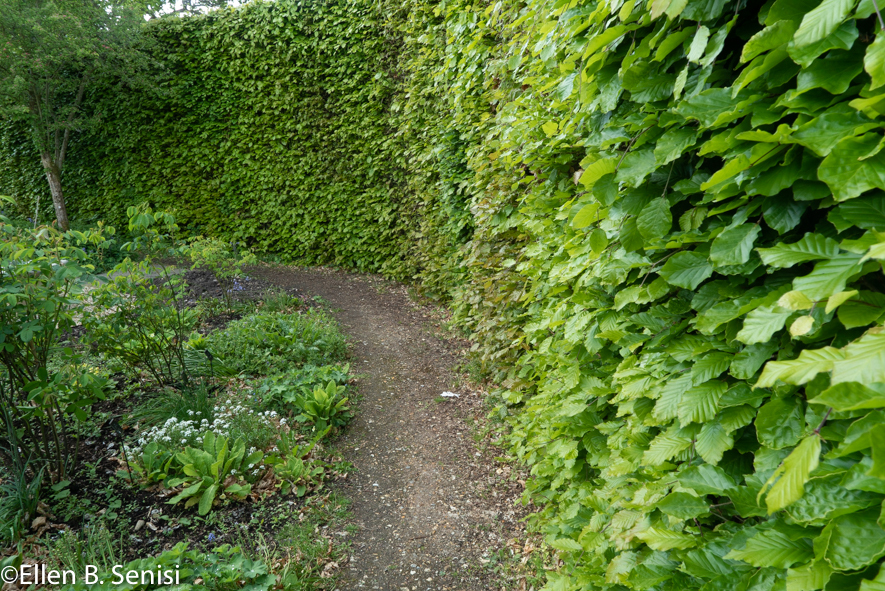
This is, indeed, a perfect place to wander and think,
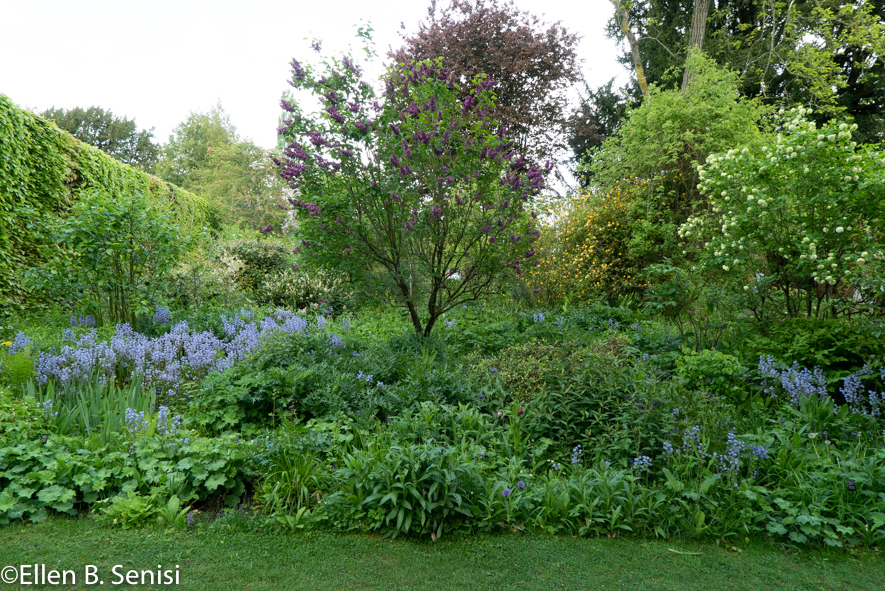
and explore the secret places that motivate one to write.
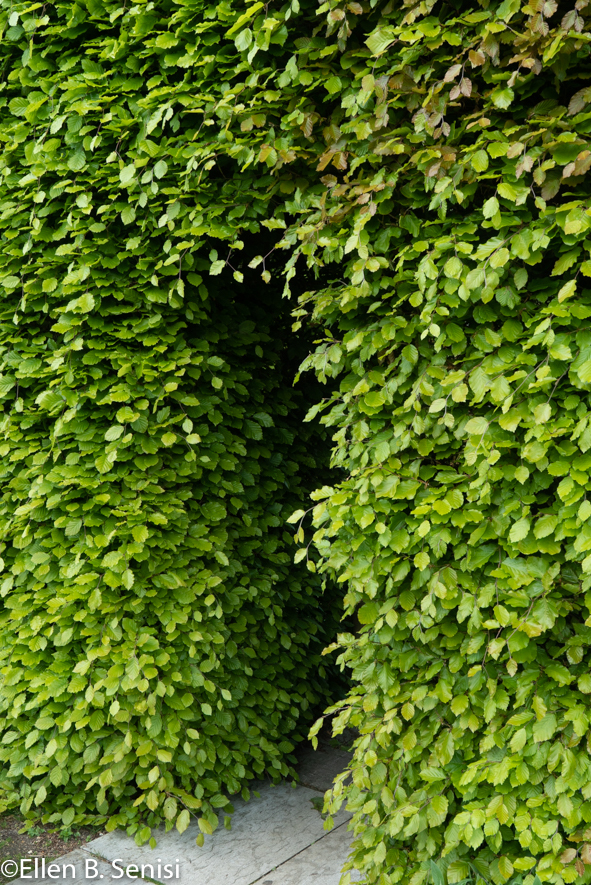
Read all about Jane here.
